7 Principles of Agile Space Design
1. Writable surfaces everywhere
Provide an opportunity for the rapid sharing of ideas.
- Create large writeable surfaces by installing multiple whiteboards vertically, edge to edge, instead of horizontally. It also makes the space more accessible to children.
- Are whiteboards too expensive? Try white MDF panel board, melamine, white steel sheeting (works with magnets) or dry-erase paint.
- Apply the same materials to desktops to create collaboration surfaces.
- Low ceiling height? Install ceiling struts (top right) so you can hang and slide whiteboards. High ceiling? Try rollable whiteboard walls (bottom left) to create new spaces.
- Glass and windows work well with whiteboard markers and post-its.
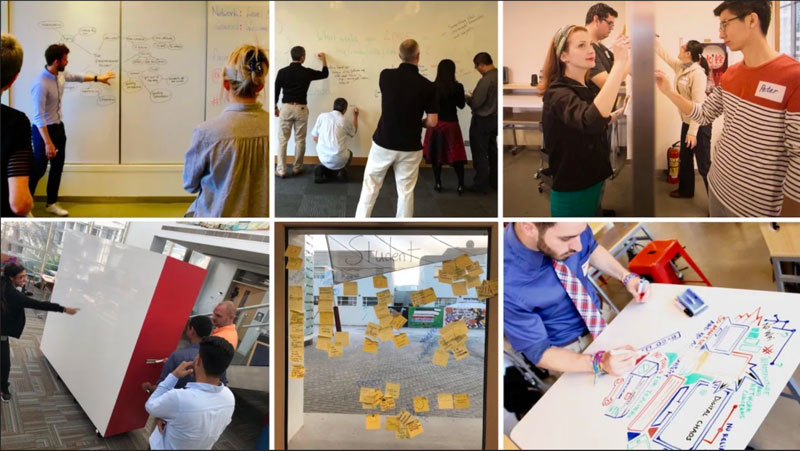
2. Mobilize
Let the space reflect the learning.
- Casters are cheap and can be attached to nearly anything.
- Custom furniture fabrication is as easy as sketching a prototype and sharing it with a local contractor. Let people use it extensively for a few weeks, garner feedback and then iterate.
- The Periodic Table (top left) from Make Space is a great all-rounder for ages 10ish+
- Roll out carpets out to activate the floor, particularly for younger children.
@luke_meinen_‘s agile reading nook (top right) and workbench (bottom left).

3. Let the light in
“Daylight brings feelings of health & well-being”.
- Maximize the amount of light where possible with both interior and exterior glass.
- Use variable blinds to control light as needed.
- Consider installing LED lighting in the 7500K ‘daylight’ range. TCO is cost-effective compared to other solutions.
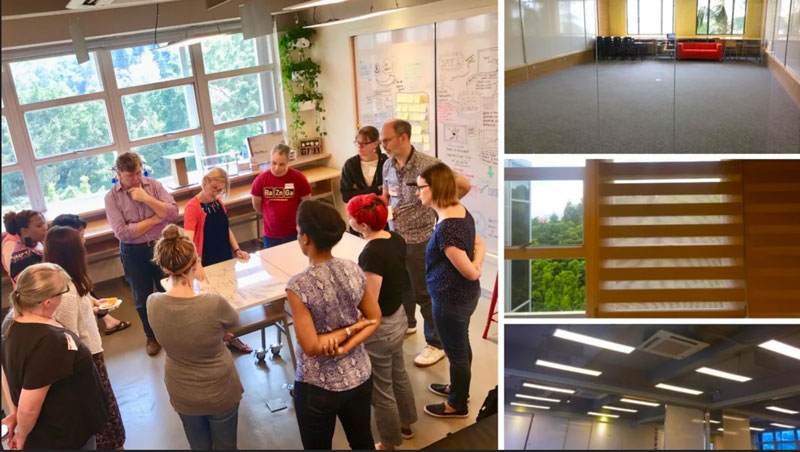
4. Plan for storage; lots of it
“Storage should account for 30% of space”.
- Retrofitting a space? Plan for adjustable shelving behind sliding whiteboards.
- Install running benches along windows or around columns for storage of frequently used items. Doubles as a ‘perch’ point for individuals or small groups.
- IKEA Trolleys can be used for all sorts of equipment and can even be sealed to create agile planters.
- Hooks can hang bags, coats, umbrellas, cleaning equipment and much more.
- Make space for junk – it’s always useful!
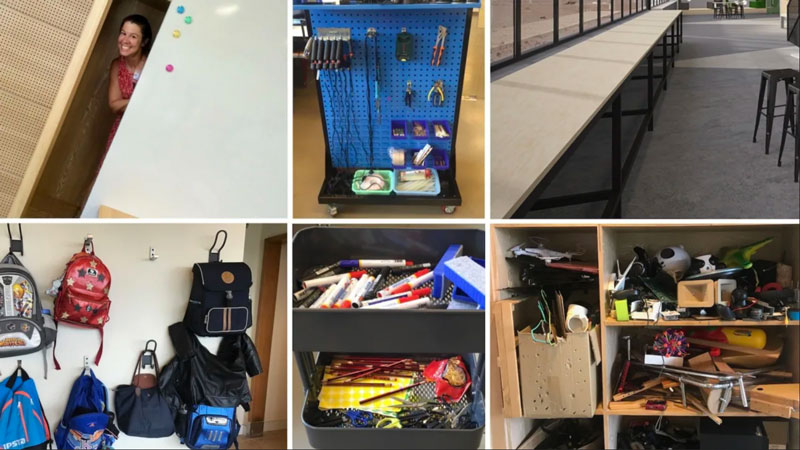
5. Amplify what’s important
Minimize what’s not.
- Install perforated acoustic panels on unusable wall space.
- Tile carpeting is sound-absorbing, cheap and easy to replace if damaged.
- Rugs and bean bags can be used to quickly reduce noise and reshape a space.
- Hang materials like particle-board or acoustic foam from the ceiling to absorb sound.
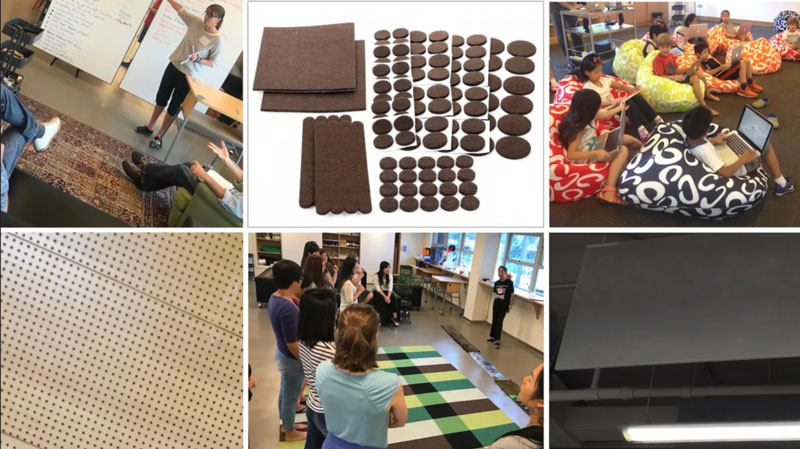
6. Ditch the projector, smartboard, whatever
…and buy an LED TV!
- Cost-effective in comparison to projectors and bulbs.
- Works well in any lighting conditions. No need to shut the light out.
- Reclaim throw space / dead space that occurs when using a projector.
- Buy a trolley so you can mobilize your TV.

7. Improve air quality
“Indoor air quality can play a major role in academic performance”.
- Purchase air-purifying plants. NASA has identified those that reduce the volume of Volatile Organic Compounds (think formaldehyde) in the air.
- Ensure custodians have access to quality cleaning materials that do not contain VOCs.
- Buy an air quality monitor and regularly assess your spaces.
- Safety gear whenever necessary!
- Consider installing HEPA filters.

Would you like to know more?
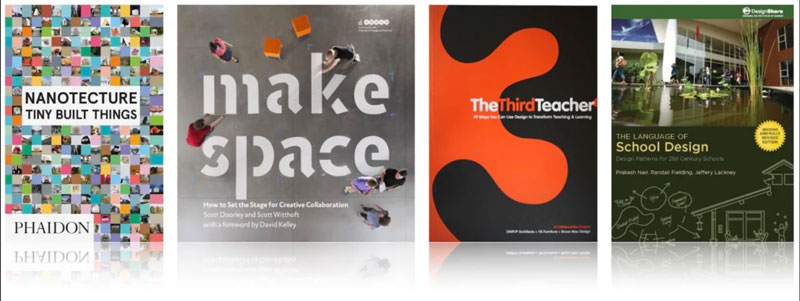
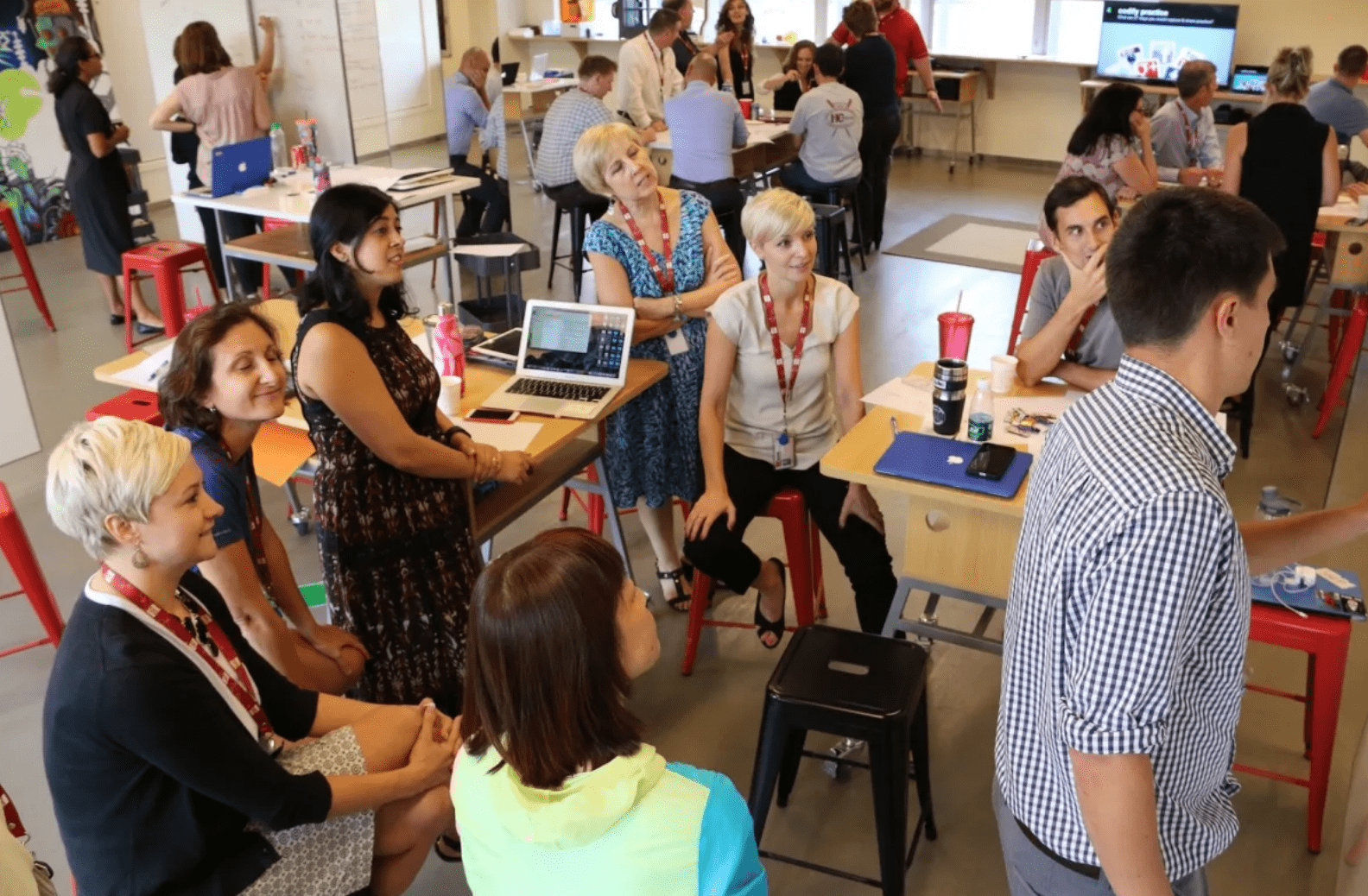
Visit this:
LEVEL 5 is a creative space in China (and Bahrain) that hosts professional learning events for educators and school leaders. Experience firsthand what it’s like to work in an agile environment at an upcoming event.






